In October of 2022, we covered AstroFlav's MetaBurn PM, a double-duty sleep aid and fat burning supplement that's been getting great reviews. You can read our in-depth analysis at AstroFlav MetaBurn PM: Boost Fat Loss While You Sleep Soundly. For the new year, its highly-expected counterpart is here:
MetaBurn AM: Your Morning Jolt of Thermogenesis
AstroFlav has announced MetaBurn AM, the morning time companion to MetaBurn PM. MetaBurn AM won't put you to sleep – quite the opposite, in fact.
This formula is packed with powerful stimulants that will both help you burn fat and drag yourself out of bed in the morning. If you're into AM cardio or training, this will be your rocket fuel.
Celastrus Paniculatus meets MitoBurn in MetaBurn
On top of 212.5 milligrams of caffeine in each 2-capsule serving, we have novel ingredients in NNB Nutriton's MitoBurn (L-BAIBA) as well as Celastrus Paniculatus, something we've never dived into for a weight loss application. But the energy goes even higher, with bitter orange providing synephrine and rauwolfia providing alpha yohimbine!
And don't miss that 212, which of course is the boiling point of water in Fahrenheit - clever!
Let's get into it, but first, sign up for PricePlow's AstroFlav news and deals and check MetaBurn's availability:
AstroFlav MetaBurn AM – Deals and Price Drop Alerts
Get Price Alerts
No spam, no scams.
Disclosure: PricePlow relies on pricing from stores with which we have a business relationship. We work hard to keep pricing current, but you may find a better offer.
Posts are sponsored in part by the retailers and/or brands listed on this page.
AstroFlav MetaBurn AM Ingredients
Here's what you get in a two-capsule serving of MetaBurn AM:
-
MitoBurn (L-B-Aminoisobutyric Acid) – 500 mg
MitoBurn is a trademarked form of L-β-Aminoisobutyric Acid (L-BAIBA) from NNB Nutrition.
L-BAIBA belongs to a class of molecules called myokines, non-protein amino acids that are produced by muscle tissue during exercise and have hormone-like effects in the human body. In response to various stimuli, muscle messenger molecules give muscle cells instructions about how to function and regulate muscular growth and decay.
Specifically, exercise causes your body to convert valine, an essential amino acid (and one of the three BCAAs) into L-BAIBA.[1] You likely recognize valine from numerous BCAA/EAA supplements - we discuss it a bit in our AstroFlav Full Tank article.
NNB Nutrition has finally brought us a trusted and tested form of L-BAIBA, which we call an "exercise signal" that kickstarts incredible metabolic processes! It's known as MitoBurn and it helps kick-start the 'exercise program'!
L-BAIBA then enters your blood and circulates throughout the body, alerting muscle cells that exercise has begun. This signal triggers a wide range of metabolic changes that aid your body in enduring and recovering from intense exercise. Some of these adaptations include increased fat burning and bone protection.[2]
So, in other words, L-BAIBA is the molecule that creates many of the health benefits associated with physical exercise.
It wasn't long after discovering L-BAIBA that sports scientists began to ask whether taking L-BAIBA as a supplement could simulate the effects of exercise, nearly "exercise in a pill" — in the absence of an actual workout. Believe it or not, the answer in preclinical studies so far seems to be yes.
Research has shown that supplemental L-BAIBA can increase the conversion of white adipose tissue (WAT) to brown adipose tissue (BAT). We like BAT because it can speed the rate of calorie burn by triggering a process called non-shivering thermogenesis.[3]
The difference between WAT and BAT
Together, WAT and BAT constitute all the stored fat in your body. These two types of fatty tissue play very different metabolic roles.
Your body uses WAT for long-term energy storage, and only dips into it to cover energy requirements during starvation.[4] WAT is your body's emergency calorie supply.
BAT, on the other hand, is not really fuel but actually an energy-burning organ that converts glucose and fatty acid into heat. This process is called non-shivering thermogenesis (NST), and it's a primary mechanism for maintaining core temperature in the face of cold exposure.[4]
The upshot of this is a higher total daily energy expenditure (TDEE), the total number of calories your body burns in a day. A higher TDEE caused by NST can result in faster weight loss,[5,6] assuming caloric intake is constant.
Because BAT uses both glucose and fatty acids as substrates for NST, BAT can improve glycemic control, triglyceride levels, and overall metabolic health even in the absence of weight loss.[7]
How NST works to burn calories
The explanation for how NST burns calories lies in BAT's mitochondrial density, which is much greater than WAT's.[8]
"BAIBA is released from the muscle after an exercise bout, promoting differentiation of brown adipocyte-like cells within subcutaneous fat depots and fat oxidation in the liver."[9]
The abundance of mitochondria in BAT is actually where the name brown adipose tissue comes from. White adipose tissue looks translucent and white under a microscope because light passes through it unimpeded, but brown adipose tissue looks darker because it's saturated with mitochondria, which block much of the light.
So when WAT gets converted into BAT, what's happening is new mitochondria are growing inside of the existing WAT. That's how L-BAIBA converts WAT to BAT: it causes new mitochondria to grow inside WAT.
There's something special about the mitochondria inside BAT, though: they can express a protein called uncoupling protein 1 (UCP1) that short-circuits the electron transport chain (ETC). This massively increases ETC's energy consumption, just like shorting an electrical circuit causes it to arc and radiate light and heat.[10]
The name uncoupling protein refers to UCP1's ability to decouple metabolic activity from physical inputs, which allows your mitochondria to burn significantly more calories without a related increase in physical activity.
UCP1's ability to burn off extra cellular fuel like glucose and fatty acids can protect your body against obesity[11] by increasing insulin sensitivity.
If you're interested in understanding how L-BAIBA converts WAT to BAT, the answer is by upregulating peroxisome proliferator-activated receptor-gamma coactivator (PGC-1) alpha and peroxisome proliferator-activated receptor (PPAR) alpha.[3,12]
What the research says about L-BAIBA
So that's the metabolic theory behind L-BAIBA. What does real-world research on L-BAIBA supplementation say?
So far, researchers have found that L-BAIBA can:
- Increase the rate of fat burning[1,3,13-15]
- Upregulate ketone production[16]
- Turn WAT into BAT[3,14]
- Improve insulin sensitivity while lowering blood sugar levels[1,15,17]
- Reduce systemic inflammation[14]
- Improve blood cholesterol and triglycerides[1,15]
- Increase bone density[18]
- Improve kidney function[19]
Why MitoBurn?
Many attempts have been made over the years to create effective BAIBA supplements, but it hasn't been easy. For one thing, only the L-isomer of BAIBA – L-BAIBA, not D-BAIBA or R-BAIBA – has an impact on human metabolic function.[1,13]
That's why NNB Nutrition set out to formulate MitoBurn, a pure, standardized, and stabilized form of L-BAIBA. There's tons to say about this awesome ingredient, so if you want to learn more, check out our long-form article titled BAIBA: Weight Loss Ingredient Generates Exercise in a Pill?!
-
Celastrus Paniculatus Extract (10:1) – 250 mg
If you've got some weight to lose, chances are you're already insulin resistant to some degree, which is a big problem since insulin resistance can increase the concentration of cholesterol and triglycerides in your blood. This condition, called hyperlipidemia, is associated with insulin resistance and appears to play a causal role in the development of atherosclerosis.[20]
What an interesting looking fruit with interesting skin-soothing effects! (Celastrus Paniculatus, Image Courtesy Wikimedia)
One great thing about Celastrus, in the context of a weight loss supplement, is that it can help bring blood triglycerides and cholesterol down,[21] thus potentially reducing your risk of developing metabolic problems or cardiovascular disease.
A nootropic way to burn
But Celastrus is most commonly used as a nootropic. This might seem like an off-the-wall choice for a fat burning supplement, but there's actually a big trend in the supplement industry toward increasing use of nootropic ingredients in fat burning supplements, and the reason is that for many people, mental fatigue is a huge obstacle to diet compliance.
After all, in order to lose weight, you need to burn more calories than you consume, and this calorie deficit can leave you feeling physically or mentally tired.
In the modern world, where so many of us do mental work to earn our living, mental fatigue can be an enormous source of frustration, and serve as a huge temptation to relax our dietary discipline.
Improved acetylcholine utilization provides for an 'anti-blurring' effect so that new and old memories do not get confused
Celastrus appears to upregulate acetylcholine, a neurotransmitter that's crucial for learning and memory. In animals, Celastrus has been shown to boost memory performance.[22] It also improves dopaminergic neurotransmission,[23] which is great since dopamine is responsible for increasing feelings of motivation and focus.
Another animal study found that Celastrus can protect neurons from damage that's usually induced by chronic stress, thus helping maintain an individual's cognitive ability under duress.[24]
One study even found that Celastrus can increase neurogenesis, the growth and differentiation of new neurons,[25] which is pretty much the holy grail for a nootropic ingredient.
Celastrus also appears to have significant anti-anxiety effects.[26]
All of this can go a long way toward supporting, or perhaps even improving, mental function while you're on a strict diet and exercise regimen.
-
Caffeine Anhydrous – 175 mg (of 212.5 mg total)
Caffeine is a ubiquitous legal psychoactive stimulant drug, used by a majority of American adults.
Almost all of us are intimately familiar with caffeine's ability to fight fatigue. Most of us have also experienced caffeine's ability to increase mental and physical performance.
What's less commonly discussed about caffeine is its fat burning properties. In fact, a lot of caffeine's performance-boosting effect can be attributed to its ability to increase cellular energy production.
Caffeine does this mostly by inhibiting phosphodiesterase, an enzyme that's responsible for degrading a second messenger hormone called cyclic adenosine monophosphate (cAMP).[27,28]
This naturally upregulates cAMP, which can boost metabolic function as cAMP tells cells to manufacture adenosine triphosphate (ATP), your body's basic unit of cellular energy. Making ATP involves burning glucose and fatty acids,[29] so this can help increase calorie burn by making more energy available to your cells.
Put simply, upregulating cAMP can boost your metabolism.
Caffeine's cAMP-mediated effects on fat burning are especially significant, with some research finding that caffeine can amplify the body's fat burn by as much as 50%.[30]
Note that this is 175 milligrams of caffeine anhydrous, but we have 50 milligrams of dicaffeine malate that will lead us to a total of 212.5 milligrams caffeine per two capsule serving.
-
InnoSlim (Astragalus membranaceus and Panax notoginseng) Root Extracts – 125 mg
InnoSlim is a fat-burning ingredient developed by NuLiv Science. It's a combination of extracts from Panax notoginseng root and Astragalus membranaceus root, two plants colloquially known as ginseng and astragalus.
They're both nutraceutical powerhouses with tons of potential benefits, and you can get distinctly different effects from their extracts, depending on how those extracts are standardized.
InnoSlim was standardized to emphasize the fat-burning, pro-metabolic effects of astragalus and ginseng.
Sodium-glucose cotransporter 1 (SGLT1)
InnoSlim downregulates a transporter protein called sodium-glucose cotransporter 1 (SGLT1)[31] that's responsible for moving glucose through the walls of your intestines. When SGLT1 expression is decreased, the amount of glucose your body absorbs from food is also decreased – by as much as 41%.[31]
Decreased glucose absorption means the food you eat will have a smaller impact on your blood glucose level, which can potentially decrease de novo lipogenesis and improve insulin signaling.
Glucose transporter 4 (GLUT4)
As a part of a healthy diet that assists with the same hormones, proteins, and enzymes, InnoSlimⓇ can have a major impact and we hope to see it in more supplements.
InnoSlim also upregulates a transporter protein called glucose transporter 4 (GLUT4),[32] which moves glucose out of your blood and into muscle cells. This also, naturally, reduces your blood glucose levels.
Metabolism boost
InnoSlim can also increase the number of calories you burn by activating metabolic switches like adenosine monophosphate activated protein kinase (AMPK),[33] and upregulating pro-metabolic factors like acetyl-CoA carboxylase (ACC) — an enzyme that controls your body's rate of fat burning — and hypoxia-inducible factor 1 (HIF1), which improves insulin sensitivity and can mitigate the effects of eating an obesogenic diet.[34]
It also upregulates adiponectin, an enzyme that can prevent your liver from storing too much glucose.[35] This can potentially decrease your risk of developing non-alcoholic fatty liver disease (NAFLD).
-
Infinergy (Dicaffeine Malate) – 50 mg
Dicaffeine malate is a longer-acting form of caffeine compared to caffeine anhydrous. The chemical binding of the caffeine molecule to malic acid delays digestion and absorption of the caffeine, giving you a flatter energy curve.
Infinergy helps prolong the initial stim kick from caffeine anhydrous and citrate giving you longer-lasting energy without any nasty crash.
This means your caffeine blood levels will rise more slowly with caffeine malate, and peak at a lower level. Thus, with malate, there should be far less harsh comedown.
Stacking malate with anhydrous gives you the best of both worlds: a fast-acting jolt with extended action and a gentler withdrawal.
Aside from the difference in timing, you'll get the usual effects of caffeine from dicaffeine malate.[31-33,35]
This yields about 37.5 milligrams more actual caffeine, bringing our total to 212.5 milligrams, as stated on the label... and the boiling point of water, as stated in the intro!
-
Advantra Z Bitter Orange Extract (Citrus aurantium L.)(Fruit)(50% p-Synephrine) – 40 mg
Synephrine is a much quicker beta-agonist than Higenamine, another common ingredient in fat burner supplements.
Synephrine is an alkaloid sourced from Citrus aurantium, colloquially known as bitter orange.
Research has found that synephrine can boost metabolism by as much as 183 calories per day,[34] and can also improve exercise performance,[36] which is a great way to burn even more calories.
The ergogenic effect of synephrine can be attributed to its status as a beta agonist,[37] something it has in common with the more widely-known stimulant, alkaloid ephedrine. Compared to ephedrine, though, synephrine is much milder[37] – unlike ephedrine, it has little to no effect on heart rate or blood pressure.[38]
-
Rauwolfia Vomitoria (Herb)(std. to 90% Alpha Yohimbine HCl) – 1.5 mg
Rauwolfia extracts are standardized for rauwolscine, and referred to as alpha yohimbine, or "alpha yo" for short.
Alpha yohimbine is basically a stronger form of yohimbine. So we can understand it by talking about how yohimbine works.
Yohimbine can be derived from the Rauwolfia plant, but is more commonly sourced from the Yohimbe plant. Yohimbine is an alpha-2 antagonist, meaning that it stimulates your body's adrenaline and noradrenaline receptors, which is how it's able to suppress appetite,[40] speed weight loss,[41] and enhance focus.[42]
Rauwolscine acts by the same mechanisms, and has similar anti-obesity and pro-energy effects.[43]Something cool to note about the MetaBurn AM formula is that synephrine and rauwolscine have synergistic effects – the former is a beta agonist while the latter is an alpha antagonist.
Some people don't tolerate rauwolscine well, so be on the lookout for jitters when trying it for the first time. If you can tolerate it, don't overlook the benefits that rauwolscine can have on your metabolism and fat loss.[44]Next come two ingredients in the Tru-Absorb Matrix:
-
Astragin (Astragalus membranaceus [Root] & Panax notoginseng [Root]) Extract – 50 mg
One Scoop Only! It's AstroFlav's epic new pre-workout supplement -- the first to use NucleoPrime Nucleotides!
AstraGin boosts adenosine triphosphate (ATP) production for intestinal cells, which gives them more energy to do useful work. Thanks to the resulting improvement to your intestinal cells' function, you can absorb more nutrients from whatever food and supplements you ingest.[45,46]
In other words, AstraGin increases the bioavailability of whatever you take it with.
AstraGin is getting really popular with supplement formulators since its inclusion in a formula really helps maximize the consumer's value per dollar.
Over 20 published research studies have demonstrated the efficacy of AstraGin and its constituent compounds.[47,48]
-
Bioperine (Piper nigrum)(Fruit)(std. to 95% piperine) – 10 mg
Last in our active ingredients, we have BioPerine, a black pepper extract standardized for piperine.
Piperine inhibits certain stomach enzymes, which enables a lot of supplements and nutrients to pass through the stomach intact. This means they can be absorbed by your intestines, and enter the bloodstream where they can have bioactive effects.[49]
Piperine also upregulates GLUT4,[50] the transporter protein we discussed in the InnoSlim section. It may also improve fatty liver, insulin resistance, and oxidative stress.[51,52]
Try out AstroFlav's MetaBurn PM to keep the fat-burning going while you sleep!
Finally, let's get to the two key vitamins (both of which we love) that are at the top of the label:
-
Vitamin B3 (as Niacin) - 15mg (94% DV)
That's right, we have true niacin, confirmed to be nicotinic acid, the incredible NAD+ precursor to provide you with more cellular energy.[53] We love this version because it can be converted to NAD+ via two different pathways, as opposed to niacinamide, which is less active. It's long been known that nicotinic acid can improve lipid levels.[54,55]
In addition, this may provide a bit of a flushing effect, making the MetaBurn feel even more heated!
-
Vitamin B6 (as pyridoxal-5-phosphate) - 5mg (294% DV)
Our favorite form of vitamin B6, pyridoxal-5-phosphate (more easily known as P5P), is also in MetaBurn! This is a great metabolic vitamin that's involved in many biological enzymatic reactions, and we definitely don't want to be deficient. We like the P5P form because it's better absorbed,[56] thus helping with better energy support and neurotransmission as well as metabolism.[57] It's the active form that outperforms pyridoxine, an inactive form that the body needs to convert, which leads to drawbacks.[58,59]
Dosage and Directions
Two caps in the morning and get ready to burn! If you're really into it, a third capsule could be taken early in the afternoon, but we'd honestly prefer a half serving of One Scoop Only if training in the afternoon!
You can train with Full Tank (note that it has carbs and calories, but carbs are best to get around training anyway) and of course stack with MetaBurn PM before bed!
As far as your mission to keep protein high, you have some downright incredible options from the brand with "out of this world flavor" -- VeganMix and IsoMix.
Conclusion: MetaBurn AM brings the boiling point of water
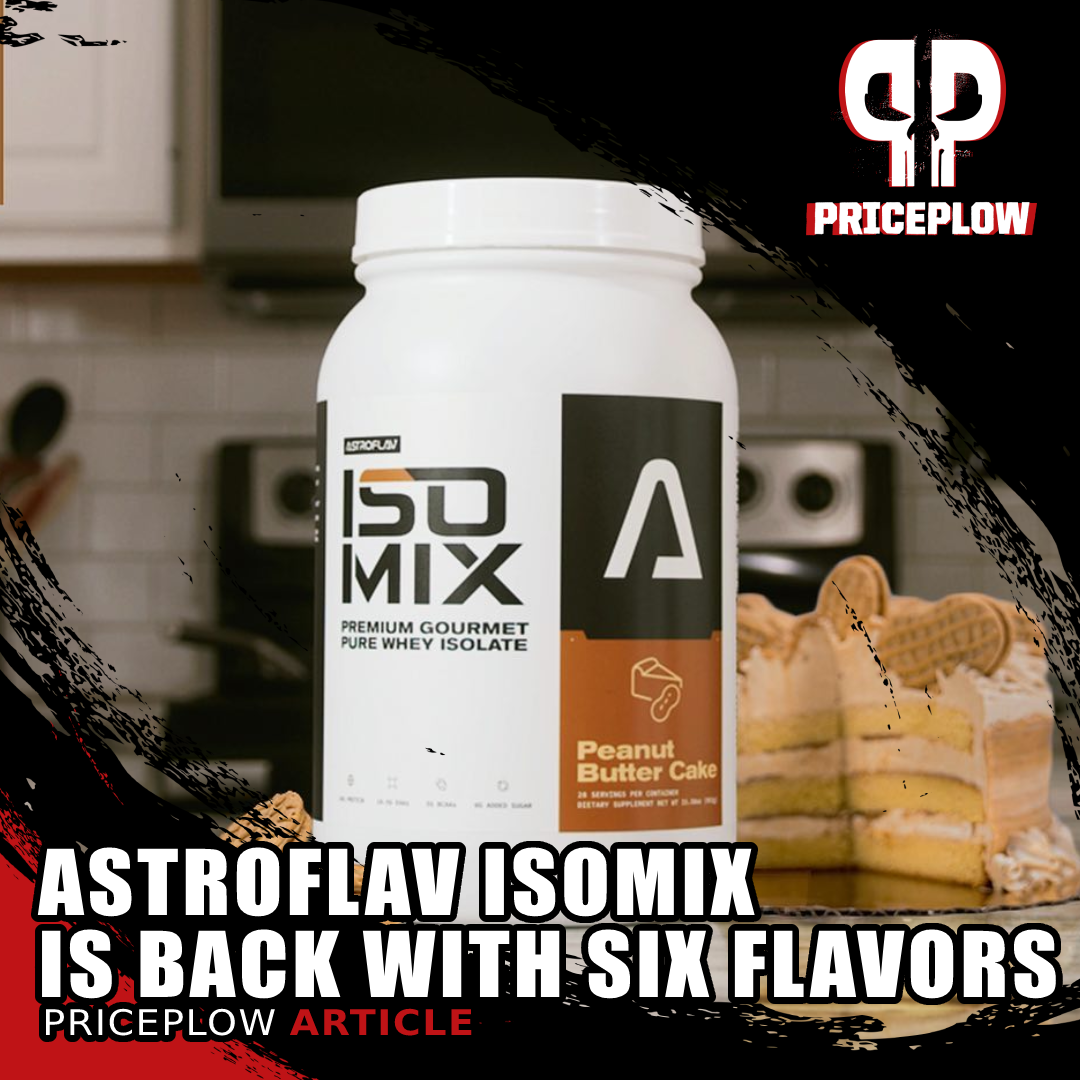
AstroFlav IsoMix - a delicious pure whey protein isolate with "Out of This World Flavor" - is back with six flavors, boosted by MCT and inulin.
With MetaBurn AM, you can probably skip your morning coffee! Rauwolscine and synephrine are powerful stimulants, which is why you don't see a huge dose of caffeine used here. Combined with two novel ingredients in MitoBurn and Celastrus, and it's a focused fat burner that will feel quite unique.
We love the 212.5 milligram dose though -- it's not too much, but a clever number worth remembering. This is actually lower caffeine than most products we've seen lately, a trend that's been coming back down.
But for many of us, that just saves some extra caffeine for a pre workout on the other half of the day, so you can get the full effects of the AstroFlav stack.
AstroFlav MetaBurn AM – Deals and Price Drop Alerts
Get Price Alerts
No spam, no scams.
Disclosure: PricePlow relies on pricing from stores with which we have a business relationship. We work hard to keep pricing current, but you may find a better offer.
Posts are sponsored in part by the retailers and/or brands listed on this page.
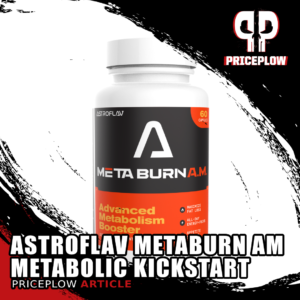
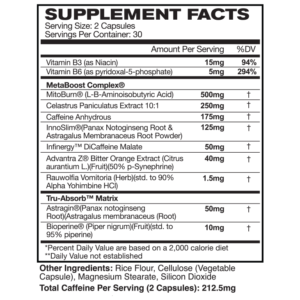
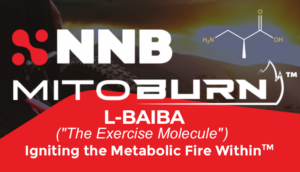
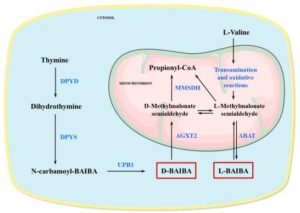
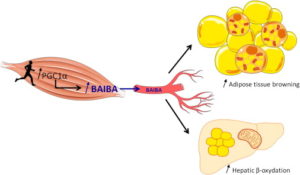
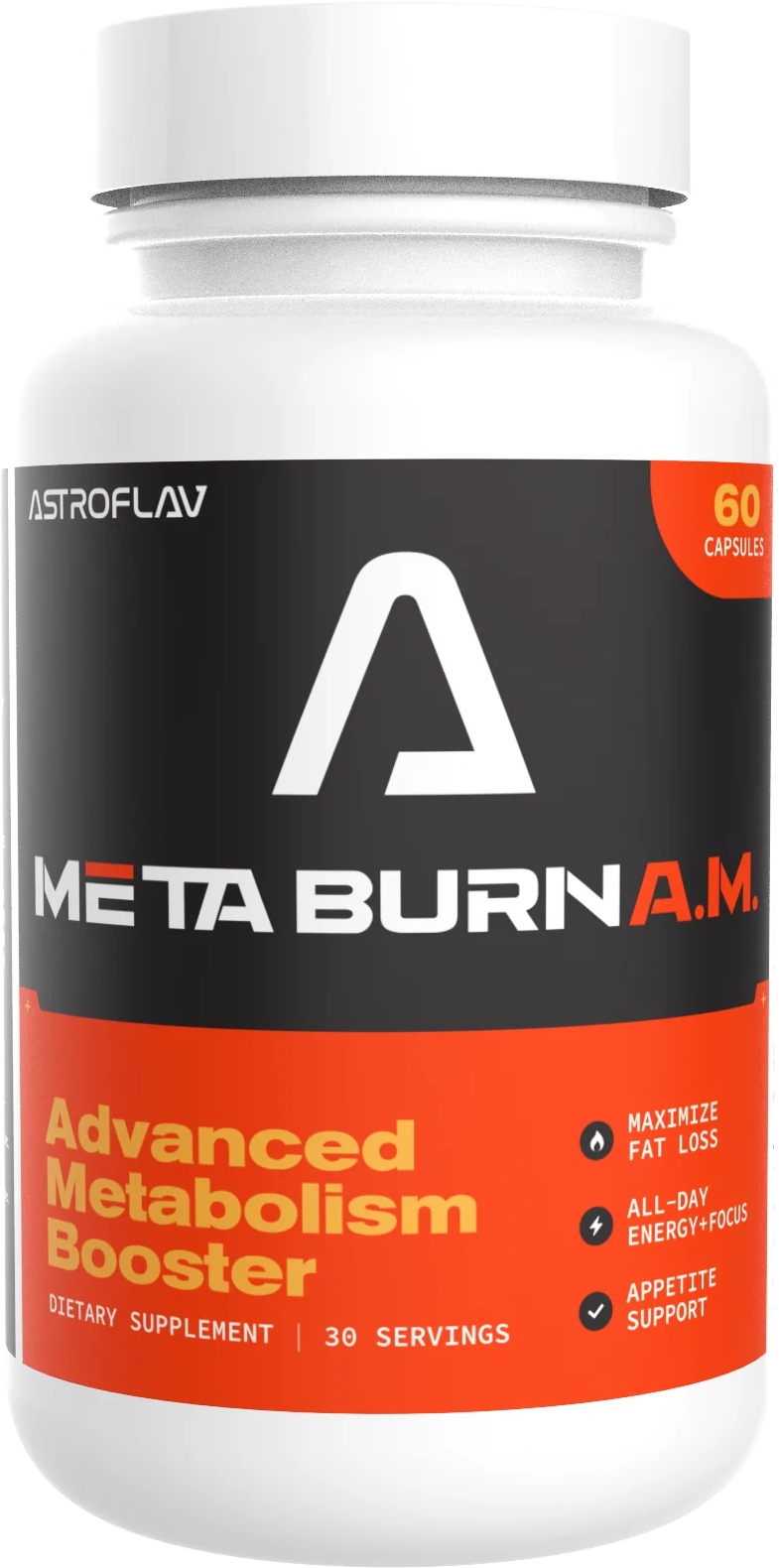
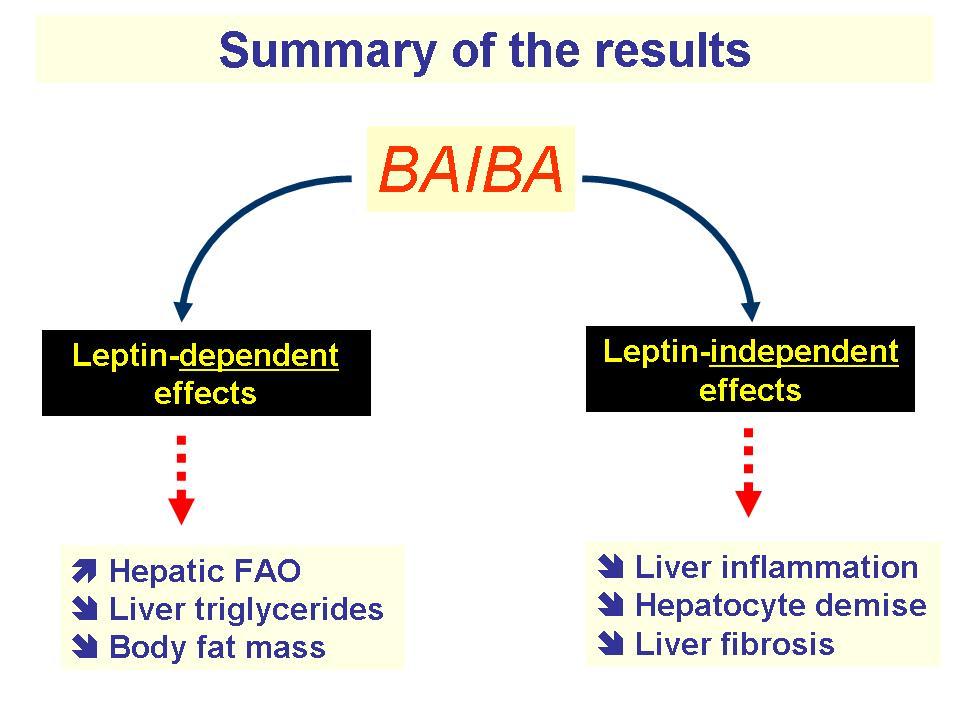
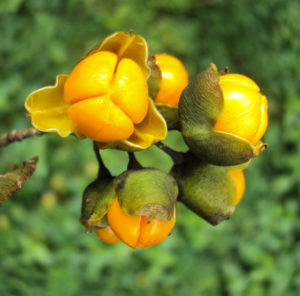
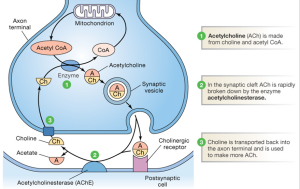
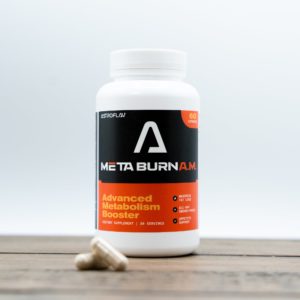



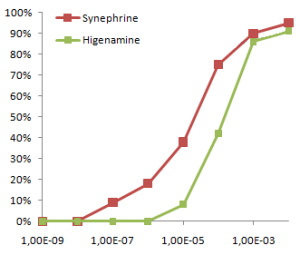
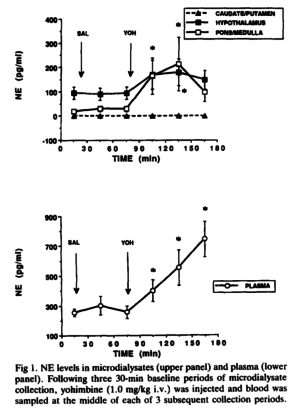
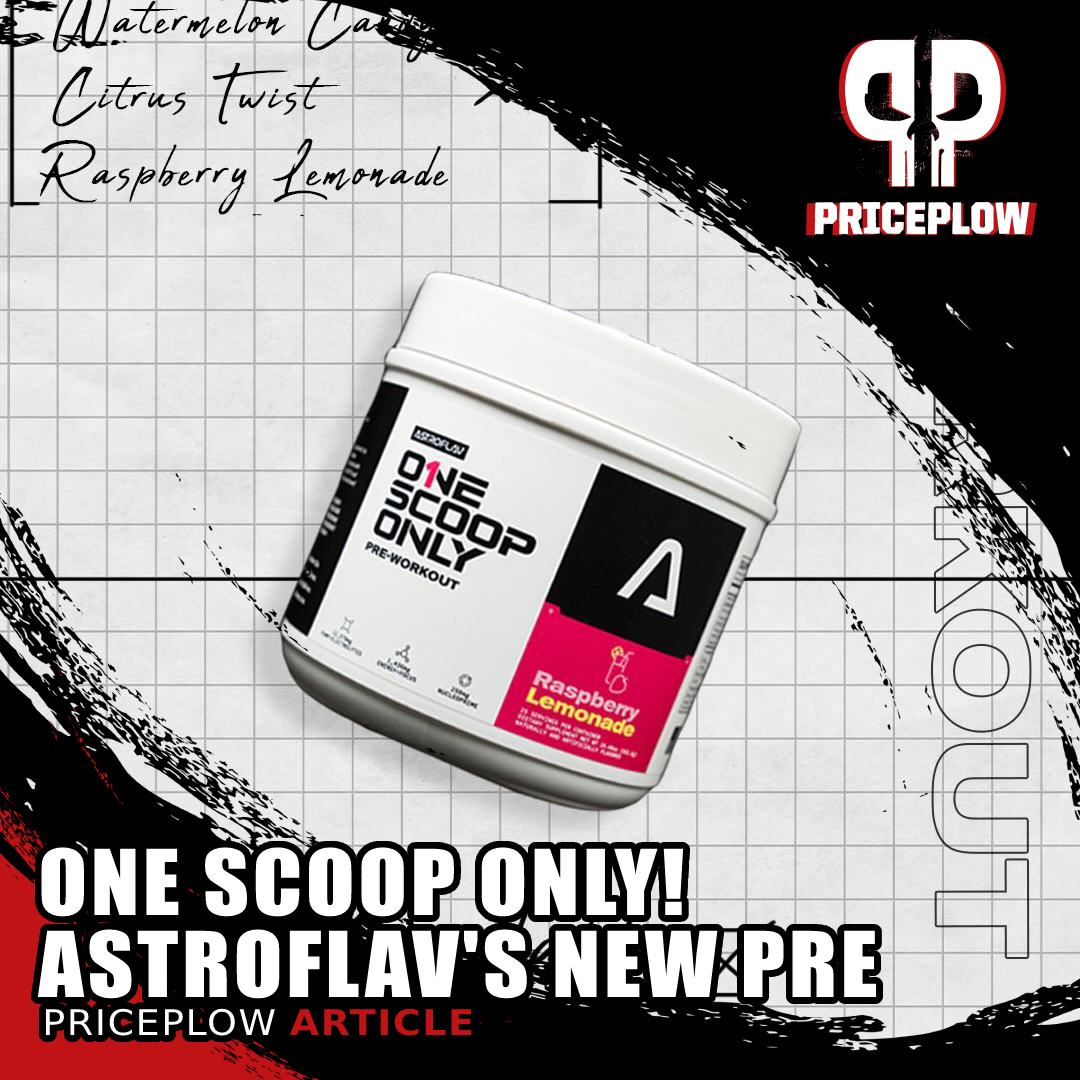
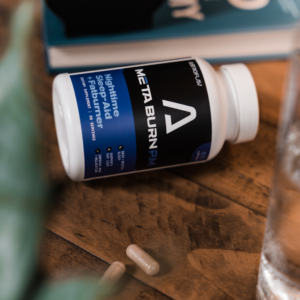


Comments and Discussion (Powered by the PricePlow Forum)